catalog
- What is a stage LED wall
2. The welcome level of the stage LED wall
3. What are the installation locations of stage LED walls?
4. How to choose the best LED display for your stage
5. How to reduce the cost of the display screen on the premise of ensuring the performance effect?
6. How to quickly and effectively install and debug the stage LED wall on a temporary stage?
1. What is a stage LED wall
A stage LED wall led display screen is a large display screen composed of multiple LED display modules spliced together, which is usually used for stage backgrounds or as the main visual element of the stage.
Peculiarity:
High brightness, vivid colors, can present clear, vivid, impactful images and videos under a variety of stage lighting, bringing strong visual effects.
The design is flexible and customize, and can be customized according to the stage shape, size and creative needs of various shapes and sizes to adapt to different scenes and performance styles.
High resolution, clear images, good viewing experience for audiences near and far.
Fast response, dynamic display, can quickly switch pictures and achieve dynamic effects, with stage performances, enhance the sense of rhythm and interactivity.
Energy saving, long life, low energy consumption, long service life, reduced operating costs and maintenance frequency.
It is easy to install, has a quick lock, and can be installed and disassembled at will.
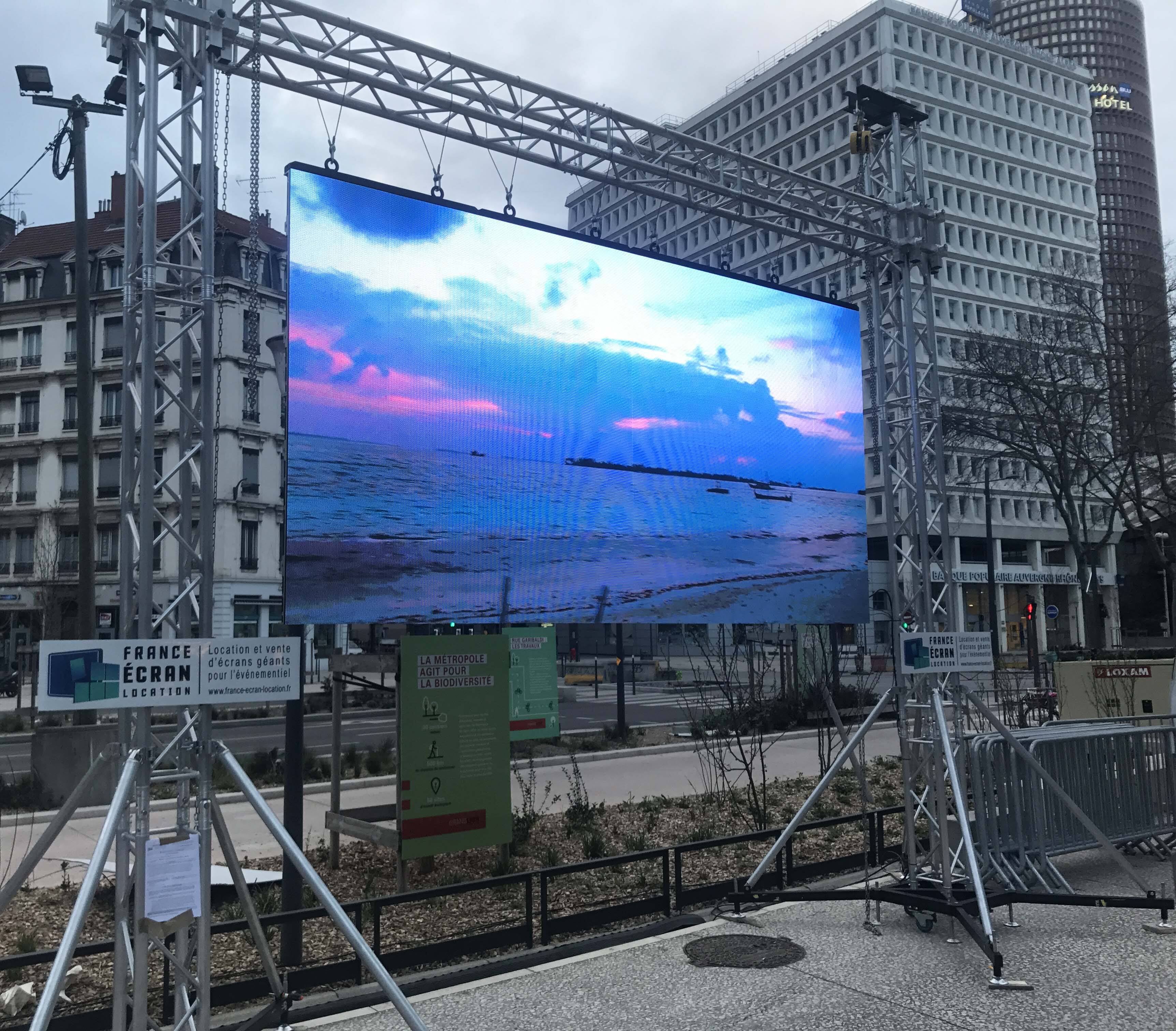
|
ITEM |
HD OUTDOOR RENTAL INSTALLATION LED SCREENS |
||||||
|
Product model |
SJ-P2.604 |
SJ-P2.976 |
SJ-P3.91 |
SJ-P4.81 |
SJ-P5.95 |
SJ-P6.25 |
SJ-P6 |
|
Pixel pitch |
2.604mm |
2.976mm |
3.91mm |
4.81mm |
5.95mm |
6.25mm |
6mm |
|
Physical density |
147456dots/m² |
112896dots/m² |
65536dots/m² |
43264dots/m² |
28224dots/m² |
25600dots/m² |
27777dots/m² |
|
LED Package |
SMD 1415 (3in1) |
Nation Star SMD 1921 (3in1) |
SMD2727 (3in1)
|
SMD3535 (3in1) |
|||
|
Modules resolution |
96*96 |
84*84 |
64*64 |
52*52 |
42*42 |
40*40 |
32*32 |
|
Module size |
250mm*250mm |
192mm*192mm |
|||||
|
Modules weight |
0.75±0.01kg |
0.45kg |
|||||
|
Driving method |
1/30S |
1/21S |
1/16S |
1/13S |
1/7S |
1/10S |
1/8S |
|
Interface definition |
HUB-16P |
||||||
|
Cabinet size |
500mm*500mm*85mm / 500mm*1000mm*85mm |
576mm*576mm |
|||||
|
Cabinets weight |
8.6kg/16kg |
40kg/m² |
|||||
|
Cabinets resolution |
192*192 |
168*168 168*336 |
128*128 128*256 |
104*104 104*208 |
84*84 84*168 |
80*80 80*160 |
96*96 |
|
Equilibrium brightness(cd/㎡) |
4500-6500cd/m² |
5000-7500cd/m² |
5500-6500cd/m² |
||||
|
Power consumption |
Max: ≤880W/m², Average: ≤400W/m² |
Max: ≤700W/m², Average: ≤350W/m² |
Max: ≤810W/m², Average: ≤400W/m² |
||||
|
Refresh rate |
≥3840Hz (ICN2055 Driving IC) |
||||||
|
Viewing angle Level |
H: ≥160°Optional, V: ≥120°Optional |
||||||
|
Viewing distance |
2.5-30m |
3-40m |
4-60m |
5-70m |
6-80m |
6.5-90m |
6-80m |
|
Temperature |
Working : -25℃~60℃, Storage: -35℃~80℃ |
||||||
|
Humidity |
10%~95% |
||||||
|
Working voltage |
Input: AC 100V~240V, 50Hz/60Hz, Output: DC 5V |
||||||
|
Maintenance method |
Front/Back service |
||||||
|
Protection grade |
Front: IP65, Back: IP65 |
||||||
|
Lifetime |
100000Hours |
||||||
2. The welcome level of the stage LED wall
Stage LED walls led screen display are hugely popular in today's stage performance scene for the following reasons:
It has a strong visual impact and can instantly attract audiences, such as the vibrant images at a large music festival.
Creative expression is limitless, providing space for designers, such as sci-fi stage plays, to present the future world and enhance the sense of immersion.
Adapt to a variety of performances and improve quality, such as classical concert presentations related to images to add emotional color.
Enhance the audience experience and immerse people, such as the opening ceremony of a sports event.
Technology continues to advance, cost reduction and quality improvement, and more stages can be adopted.
Social media has a good communication effect, increasing the popularity and influence of the performance, and the audience will take the initiative to share.
In short, due to its outstanding performance and wide applicability, its popularity continues to rise, and it has become the visual equipment of choice for many stage performances.
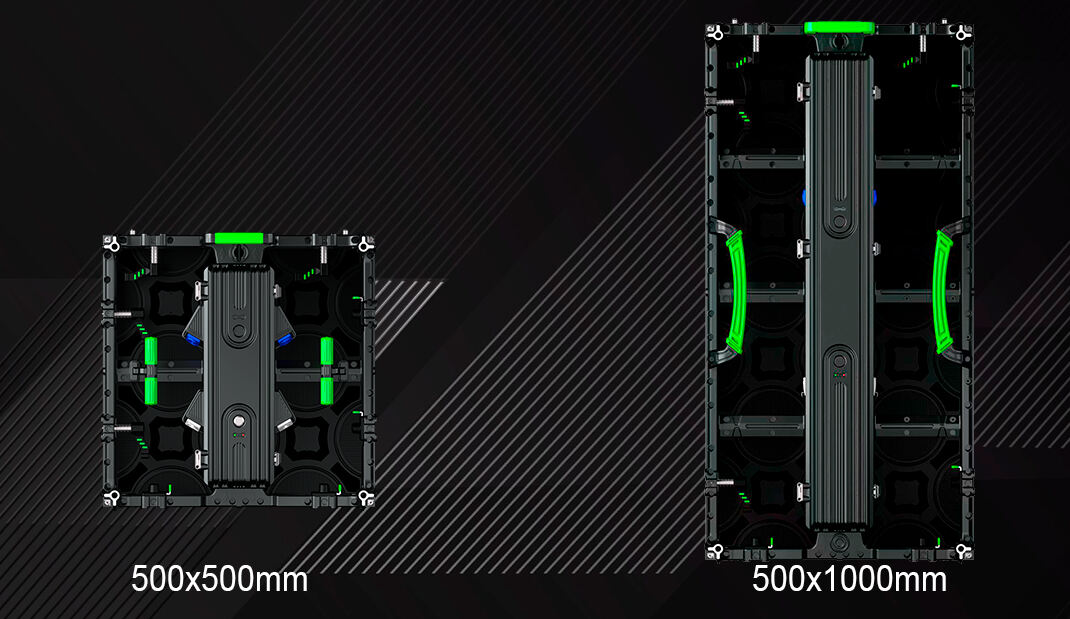
3. What are the installation locations of stage LED walls?
There are many installation locations for stage LED walls led panel , the common ones are:
Theatres and concert halls that provide visual backdrops for plays, operas, concerts, and more, such as the National Centre for the Performing Arts.
Large stadiums and stadiums for sports events, concerts, opening ceremonies, etc., such as the opening ceremony of events such as the Olympic Games.
Performance areas or attractions at theme parks and amusement parks that enhance the visitor experience, such as Disneyland.
Conference centers and exhibition halls to hold conferences, exhibitions, conferences and other activities, such as new product launches of technology companies.
TV studio, recording variety shows, galas, news and other programs, such as Lucky Star Chinese Restaurant.
Outdoor music festival venues that add atmosphere and visual impact, such as well-known outdoor music festivals.
Auditoriums for schools and educational institutions, for theatrical performances, lectures, etc.
Venues for corporate events, such as annual meetings and celebrations.
The atrium of the shopping mall holds commercial performances such as promotions and fashion shows.
The Culture and Arts Center conducts various cultural and artistic performances and activities.
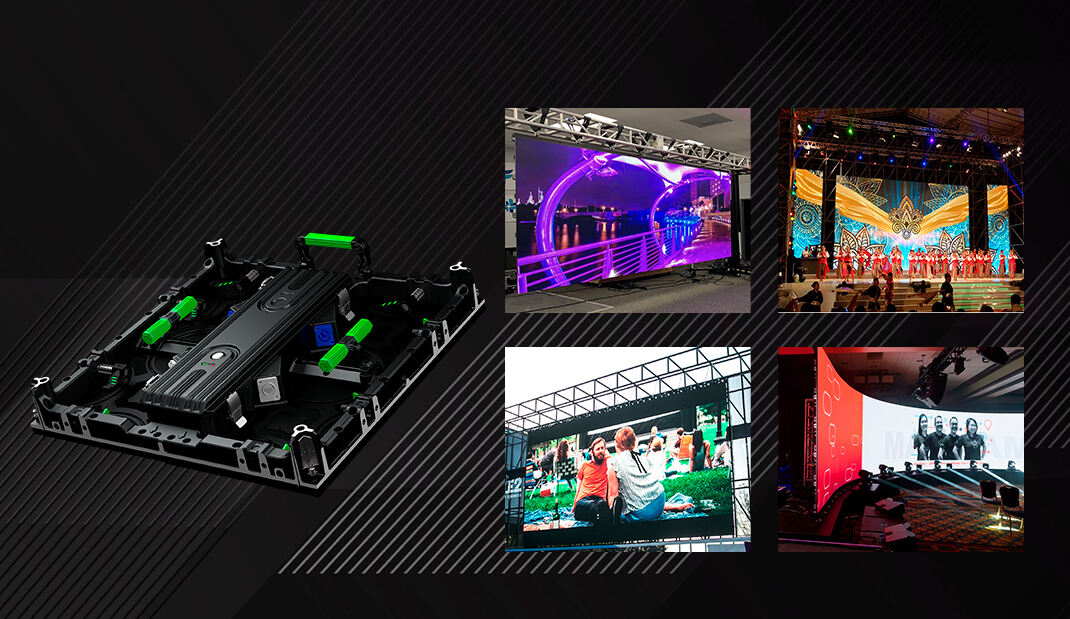
4. How to choose the best LED display for your stage
Stage size and shape
If the stage is large and spacious, choose a larger display to ensure a significant visual impact throughout the stage space. For example, the main screen, secondary screen, special-shaped screen or floor tile screen, the main screen displays the main content, the secondary screen supplements information or creates an atmosphere, and the special-shaped and floor tile screen increases creative interaction. For example, for a large rectangular stage, a larger rectangular display may be needed to occupy the main background area.
For special-shaped stages, such as round or trapezoidal, the size and shape of the display need to be customized according to the unique shape of the stage to achieve the best visual blending.
Audience distance and perspective
If the audience is far away from the stage, you need to choose a larger display so that the audience can see what's on the screen clearly. For example, on the stage of a large stadium or outdoor music festival, the audience may be tens or even hundreds of meters away from the stage, and a large screen of hundreds of square meters may be required.
Considering the viewer's viewing angle, the size and layout of the display should be adjusted accordingly if you want the viewer to have a good viewing experience from different positions.
Brightness and color
According to the lighting environment and performance content, it is clear under high brightness and strong light, and rich colors help present the performance effect; According to the size of the stage and the distance of the audience, the appropriate selection is made, and the high-resolution image is more delicate; The higher the picture, the smoother the picture and avoid flickering and blurring, especially when playing dynamic videos or changing scenes quickly.
The content and style of the performance
For visual-focused performances, such as large-scale cabaret or multimedia theater, larger displays can better represent complex images, videos, and special effects. For a simpler, performer-focused stage, the display size may not need to be too large to distract the audience.
Budget constraints
Larger displays screen led display are often more costly, and you need to choose the right size within your budget. On the premise of ensuring the performance effect, balance the display size and budget reasonably.
Installation conditions and site constraints
Check the structure and load-bearing capacity of the stage to ensure that the display led wall panels of the selected size can be safely installed.
Also consider the space constraints of the venue, such as the size of the space behind the stage, the height of the ceiling, etc., to avoid the display being too large to install.
Harmony with other stage elements
The size of the display led panels wall should be coordinated with other elements such as lighting, sound equipment, and scenery on the stage to create a harmonious and unified stage effect.
Generally speaking, common stage display screen LED display sizes can range from tens of square meters to hundreds of square meters. When making a practical choice, it is advisable to determine the most suitable size by simulating the layout, referring to examples of similar scale and type of performances, and fully communicating with a professional stage design team or supplier.
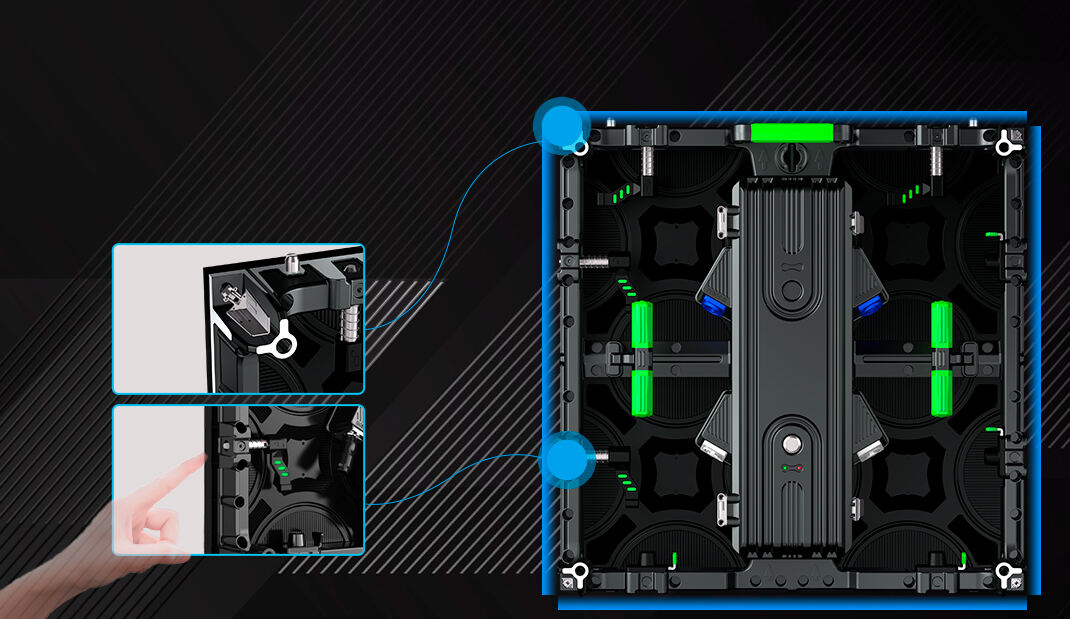
5. How to reduce the cost of the display screen on the premise of ensuring the performance effect?
To reduce the cost of stage LED displays led video wall on the premise of ensuring the performance effect, the following aspects can be considered:
Choose the display size reasonably
You don't have to go for the smallest dot spacing. For those who are farther away from the stage, opt for a display with a slightly larger pitch, such as P3 or P4, to meet the viewing needs and reduce costs.
Avoid over-pursuing high resolutions, and determine the right resolution based on actual viewing distance and content needs.
Optimize the display size
Accurately calculate the required church signage display area and avoid being too large or too small. The minimum effective size can be determined by simulation and rehearsal.
Consider using a combination of multiple smaller displays instead of a single large display led screen rental to reduce costs while meeting the results.
Choose the right installation method
Avoid complex custom mounting structures with simple, low-cost installation methods such as wall or bracket mounting.
If possible, use the existing stage structure to secure the display and reduce additional installation costs.
Used or leased displays
Consider buying a second-hand, high-quality display, but make sure it's reliable in terms of performance and quality.
For infrequent use, opt for rental displays to avoid a one-time high investment.
Control brightness and color requirements
According to the actual lighting environment of the performance, the brightness requirements of the display screen led display rental should be reasonably adjusted, and there is no need to pursue excessive brightness.
For color requirements, if you don't particularly need high-precision color reproduction, choose a standard color gamut display.
Streamlining control systems and peripherals
Select only the necessary control system functions and peripherals to avoid unnecessary additional functions and equipment costs.
Negotiate and compare with suppliers
Connect with multiple suppliers to get a detailed quote and compare.
Try to negotiate with suppliers for better prices, better after-sales service, or added value.
Autonomous maintenance and upkeep
Train your own team to perform simple routine maintenance and troubleshooting, reducing maintenance costs in the future.
Optimize content production
Reduce content creation costs by producing concise and efficient display content that avoids complex special effects and high-cost video production.
Long-term planning and reuse
If you have a long-term show plan, consider choosing a display led rental screen that is durable and easy to upgrade so that it can be reused in future shows to spread the cost.
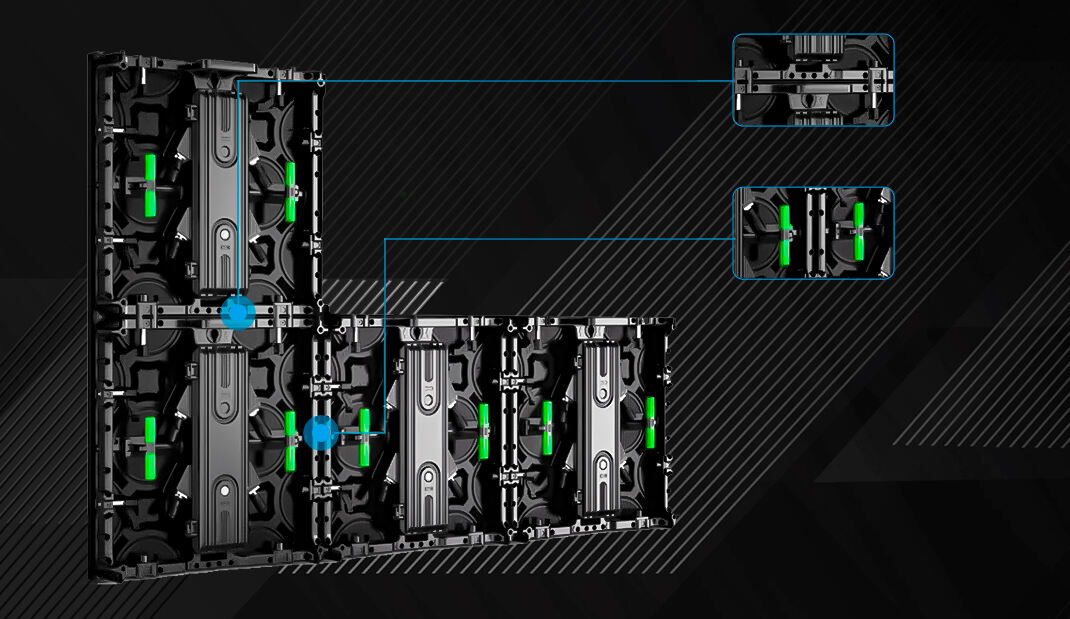
6. How to quickly and effectively install and debug the stage LED wall on a temporary stage?
To quickly and efficiently install and commission an LED wall led display screen rental on a makeshift stage, the following steps need to be followed:
Preparation:
Confirm the size, resolution, and power requirements of the LED screen.
Make sure all the required tools and equipment are ready, including screwdrivers, pliers, wires, cables, signal lines, etc.
Check the LED screen wall screen for any damage or defects.
Site Investigation:
After arriving at the scene, first conduct a survey of the stage to understand the stage structure, power location, audience perspective and other factors.
Determine the best installation position and height of the LED screen to ensure a good visual effect.
Build the bracket:
According to the size and weight of the LED screen led modules , build a stable bracket structure.
Make sure that the bracket can bear the weight of the LED screen and has enough strength and stability.
Install LED Screen:
Install the LED screen modules one by one on the bracket to ensure that each module is firmly fixed.
Connect the power and signal cables between each module.
Power & Signal Connections:
Connect the LED screen to the power supply and make sure the power supply is stable and meets the requirements of the screen.
Connect a signal source, such as a computer or other video playback device, to a controller for an LED screen.
Debug screen:
Turn on the power and check if the LED screen is on.
Use the control software to adjust the brightness, contrast, color balance and other parameters of the screen.
Play the test video or image to check if the screen display is normal, and there are no dead spots or abnormal colors.
Security checks:
Check that all connections are secure, making sure there are no loose cables or screws.
Ensure the stability of the screen and stand in case of accidents during the show.
Final Check:
Before the official event begins, a final visual check is done to ensure that the screen is flawless.
Conduct a full rehearsal to test how the LED screen performs in the actual performance.
On-site management:
Designate a special person to monitor the operating status of the LED screen so that it can respond quickly when there is a problem.
Have a backup plan in place, such as backup power and signal cables, just in case.
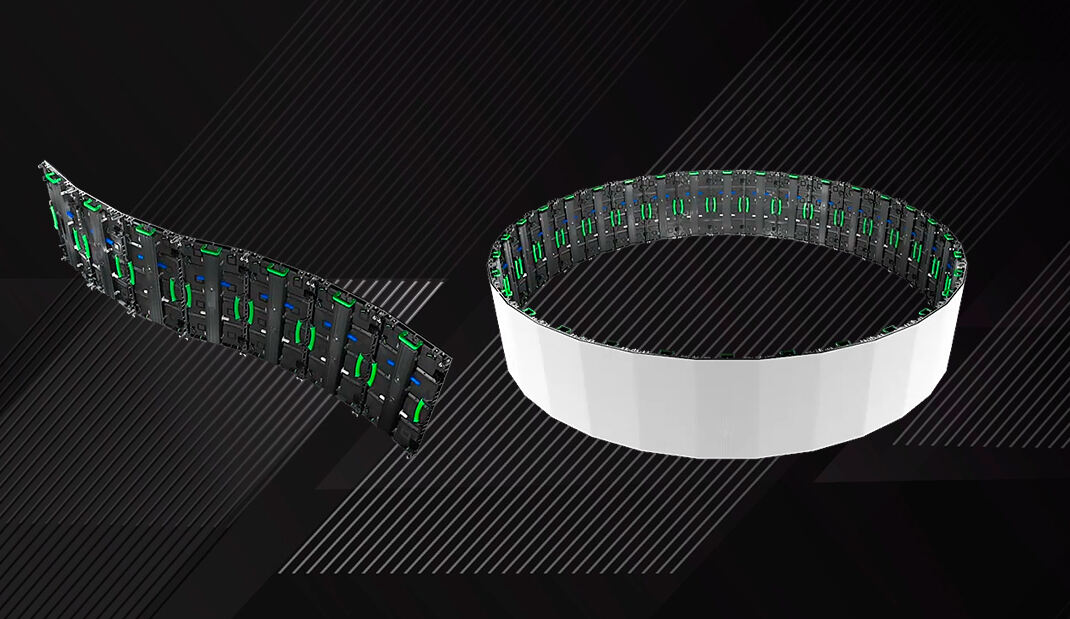
With the above steps, it is possible to ensure that the LED wall is installed and commissioned quickly and efficiently on the temporary stage to provide the best visual experience for the audience.

 EN
EN
 AR
AR
 BG
BG
 HR
HR
 CS
CS
 DA
DA
 NL
NL
 FI
FI
 FR
FR
 DE
DE
 EL
EL
 HI
HI
 IT
IT
 JA
JA
 KO
KO
 NO
NO
 PL
PL
 PT
PT
 RO
RO
 RU
RU
 ES
ES
 SV
SV
 TL
TL
 IW
IW
 ID
ID
 SK
SK
 VI
VI
 HU
HU
 TH
TH
 TR
TR
 FA
FA
 AF
AF
 GA
GA
 BE
BE
 BN
BN
 LO
LO
 LA
LA
 MY
MY